Syn.: Iliamna acerifolia (Nutt. ex Torr. et A. Gray) Greene, Malva rivularis Douglas ex Hook., Phymosia acerifolia (Nutt. ex Torr. et A. Gray) Rydb., Phymosia rivularis (Douglas ex Hook.) Rydb., Sphaeralcea acerifolia Nutt. ex Torr. et A. Gray, Sphaeralcea rivularis (Douglas ex Hook.) Torr., Sphaeroma rivulare (Douglas ex Hook.) Kuntze
Family: Malvaceae Juss.
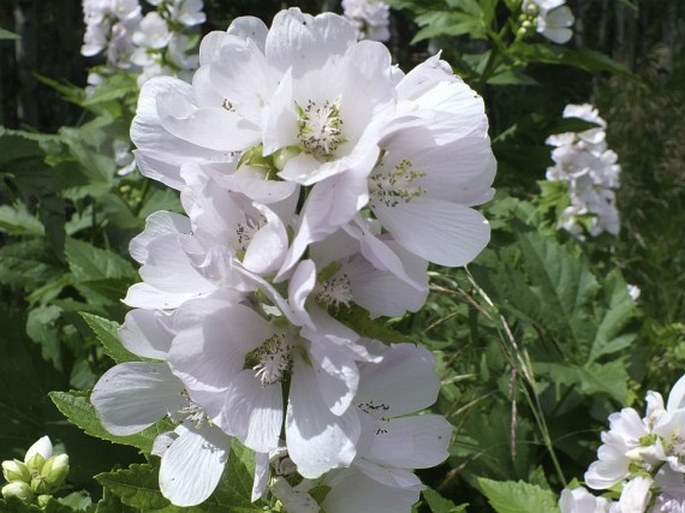
Distribution: North American species of the west of the continent, found from British Columbia and Alberta through Washington, Oregon, Idaho, Montana, Wyoming, Colorado, Utah, Nevada to northern California.
Ecology: Found in meadows, open forests and their margins, mountain slopes and streambanks, areas disturbed by clearcutting or by forest fires, at elevation 1400–3400 m. Blooms from June to August. Intolerant of shade. Found always in full sun.
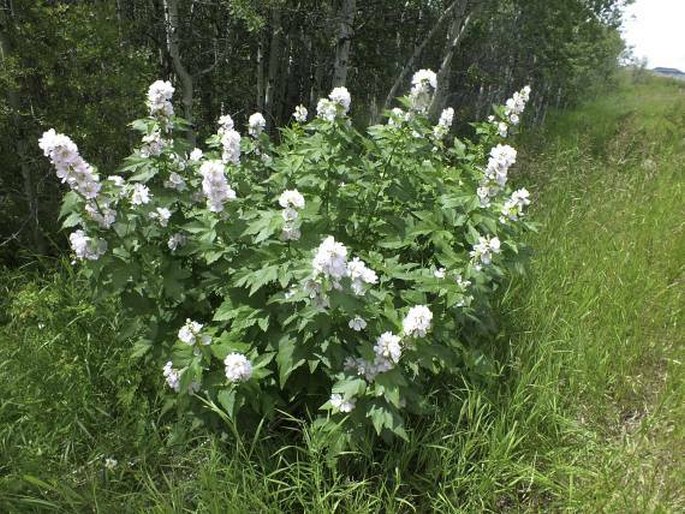
Description: Perennial herb with one to several erect stems from woody caudex, 50–200 cm tall. All green parts variably scattered with sparse hairs. Leaves alternate, deeply 4–7-lobed, 4–10 cm long, 5–15 cm wide, lobes triangulate-ovate, margins irregularly and coarsely toothed. Inflorescence are terminal and axial racemes, flowers pentamerous, 4–6 cm across, colour variable from pinkish white to rose purple, stamens numerous, fused into a column surrounding the style; 3 bracts per flower. Fruit is a hairy schizocarp, 10–12 mm across, splitting into mericarps at maturity, 2–4 seeds per mericarp, 2 mm and fuzzy.
Use: Striking shrub like herb, unforgettable in full flower, with high decorative potential.
Note: The genus Iliamna comprises one widespread species of the mountainous West (I. rivularis), and seven local species – two eastern (Iliamna corei – Virginia; I. remota – from Wisconsin to Indiana, and Virginia) and five western (Iliamna bakeri and I. latibracteata – southern Oregon, northern California; I. crandallii – Colorado; I. grandiflora – Utah, Colorado, Arizona, New Mexico; I. longisepala – Washington).
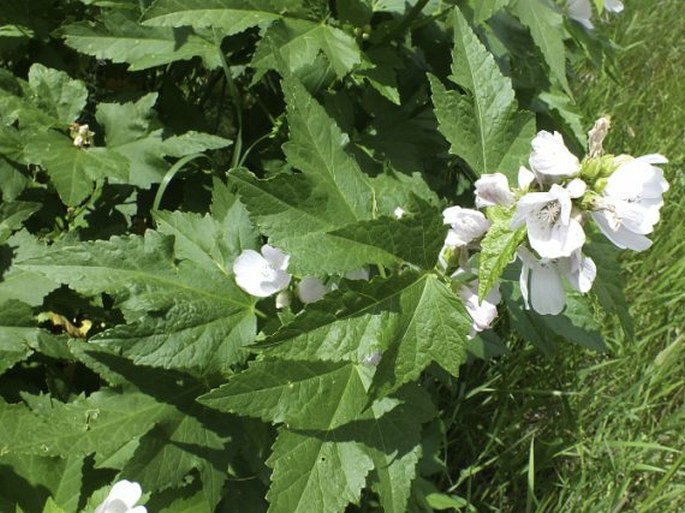

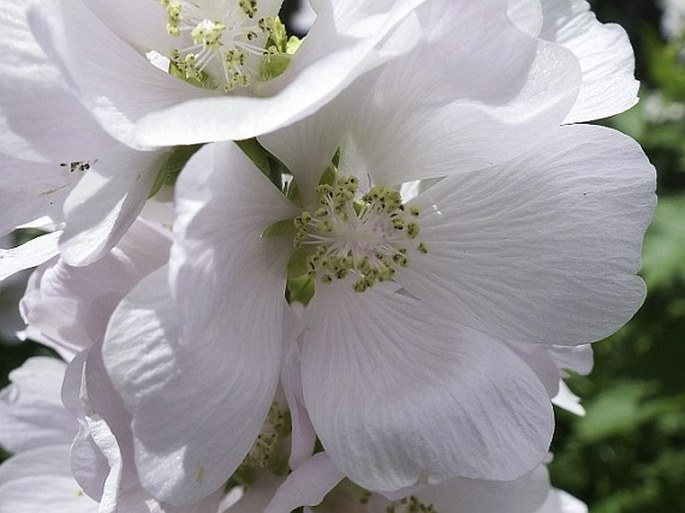
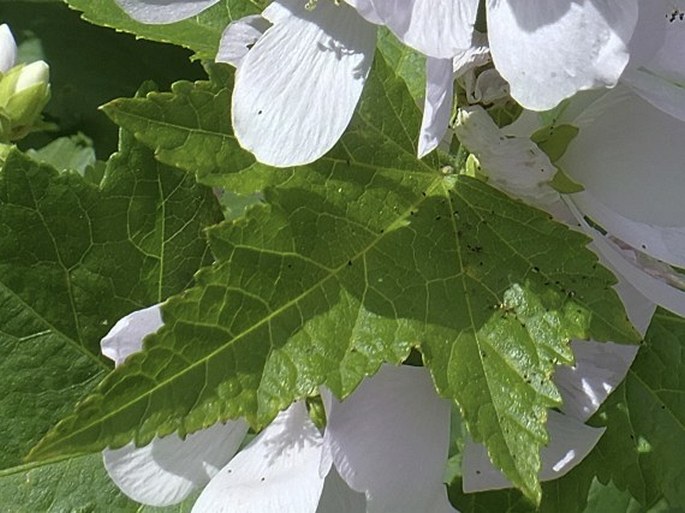
These images were taken in Canada, Alberta, Waterton Lakes National Park (July 8, 2016).


